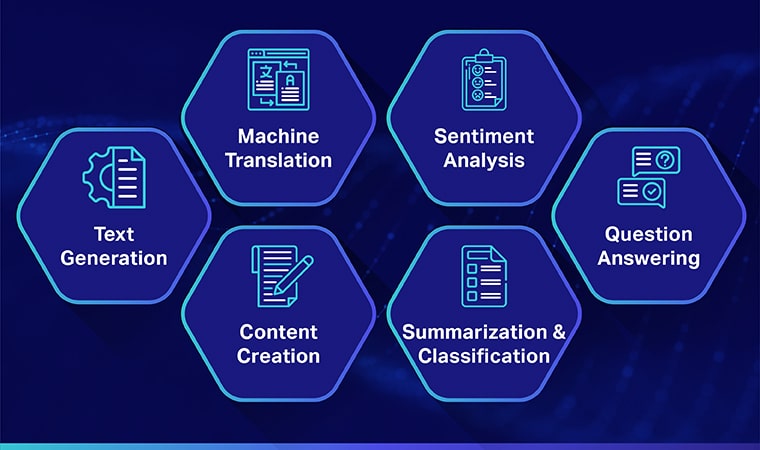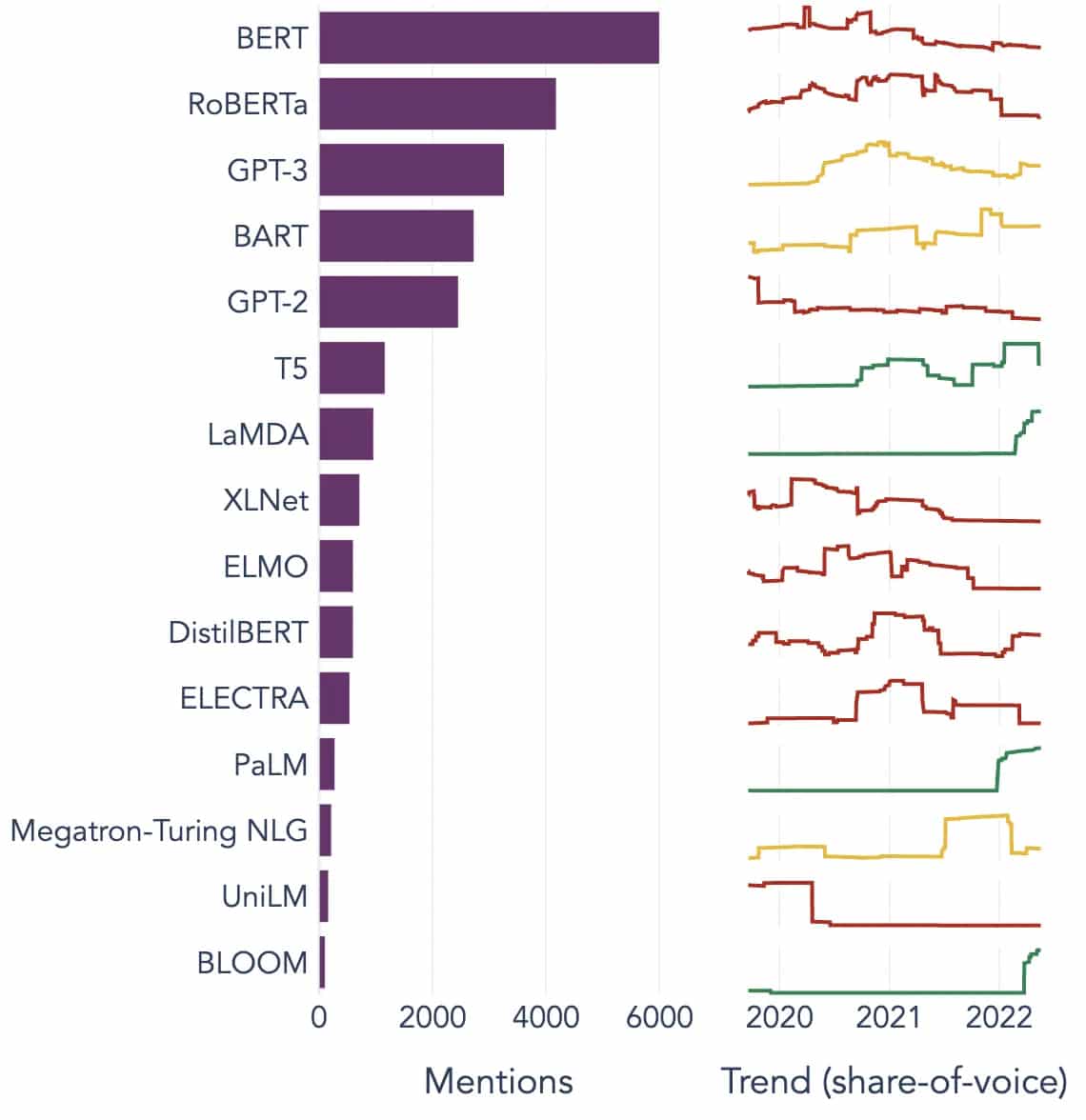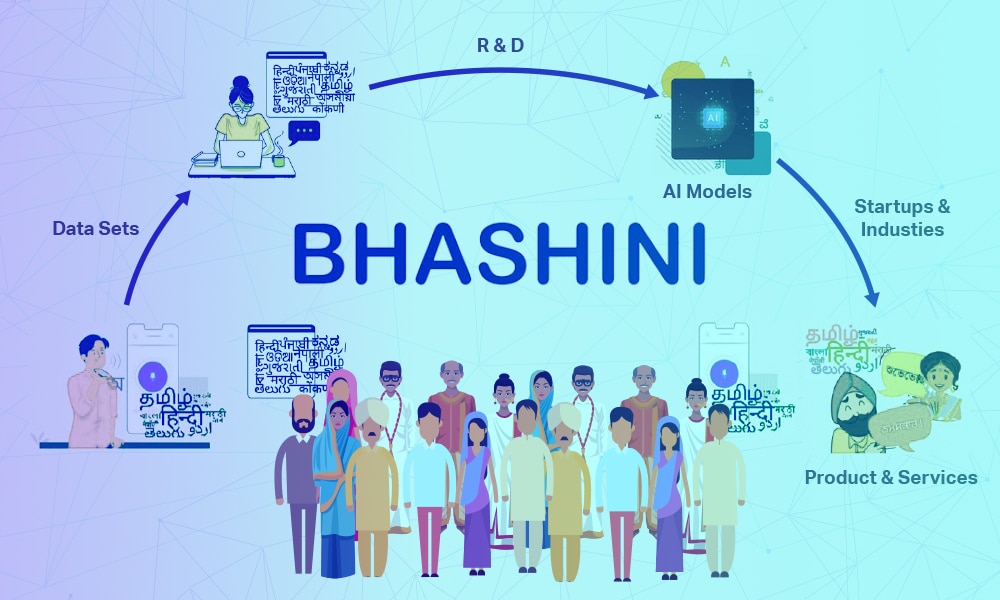Large Language Models have recently gained massive prominence after their highly competent use case ChatGPT became an overnight success. Seeing the success of ChatGPT and other ChatBots, a multitude of people and organizations have become interested in exploring the technology that powers such software.
Large Language Models are the backbone behind this software that enables the working of various Natural Language Processing applications like machine translation, speech recognition, question answering, and text summarization. Let us learn more about LLM and how you can optimize it for the best results.
What are Large Language Models or ChatGPT?
Large Language Models are machine learning model that leverages artificial neural networks and large silos of data to power NLP applications. Upon training on large amounts of data, LLM gains the ability to capture various complexities of natural language, which it further utilized for:
- Generation of new text
- Summarization of articles and passages
- Extraction of data
- Rewriting or paraphrasing the text
- Classification of data
Some popular examples of LLM are BERT, Chat GPT-3, and XLNet. These models are trained on hundreds of millions of texts and can provide worthwhile solutions to all types of distinct user queries.
Popular Use Cases of Large Language Models
Here are some of the top and most prevalent use cases of LLM:

Text Generation
Large Language Models utilize artificial intelligence and computational linguistics knowledge to automatically generate natural language texts and complete various communicative user requirements such as writing articles, songs, or even chatting with the users.
Machine Translation
LLMs can also be used to translate text between any two languages. The models leverage deep learning algorithms, such as recurrent neural networks, to learn the language structure of the source and target languages. Accordingly, they are used for translating source text into the target language.
Content Creation
LLMs have now made it possible for machines to create coherent and logical content that can be used to generate blog posts, articles, and other forms of content. The models use their extensive deep-learning knowledge to understand and structure the content in a unique and readable format for the users.
Sentiment Analysis
It is an exciting use case of Large Language Models wherein the model is trained to identify and classify emotional states and sentiments in labeled text. The software can detect emotions like positivity, negativity, neutrality, and other complex sentiments that can help gain insights into customer opinions and reviews about different products and services.
Comprehension, Summarization, & Classification of Text
LLMs provide a practical framework for the AI software to understand the text and its context. By training the model to understand and analyze large heaps of data, LLM enables AI models to comprehend, summarize, and even classify text in different forms and patterns.
Question Answering
Large Language Models enable QA systems to accurately detect and respond to a user’s natural language query. One of the most popular applications of this use case is ChatGPT and BERT, which analyze the context of a query and search through a large corpus of texts to find relevant answers to user queries.
[ Also Read: The Future of Language Processing: Large Language Models & Examples ]
3 Essential Conditions to Make LLMs Successful
The following three conditions must be accurately fulfilled to enhance the efficiency and make your Large Language Models successful:
Presence of Enormous Amounts of Data for Model Training
LLM needs large amounts of data to train models that provide efficient and optimal outcomes. There are specific methods, like transfer learning and self-supervised pre-training, which the LLMs leverage to improve their performance and accuracy.
Building Layers of Neurons to Facilitate Complex Patterns to the Models
A Large Language Model must comprise various layers of neurons specially trained to understand the intricate patterns in data. Neurons in deeper layers can better comprehend complex patterns than shallower layers. The model can learn the association between words, the topics which appear together, and the relation between parts of speech.
Optimization of LLMs for User-Specific Tasks
LLMs can be tweaked for specific tasks by changing the number of layers, neurons, and activation functions. For instance, a model that predicts the following word in the sentence usually uses fewer layers and neurons than a model designed for generating new sentences from scratch.
Popular Examples of Large Language Models
Here are a few prominent examples of LLMs used widely in different industry verticals:

Image Source: Towards data Science
Conclusion
LLMs behold the potential to revolutionize NLP by providing robust and accurate language understanding capabilities and solutions that deliver a seamless user experience. However, to make LLMs more efficient, developers must leverage high-quality speech data to generate more accurate results and produce highly effective AI models.
Shaip is one of the leading AI tech solutions that offer a wide range of speech data in over 50 languages and multiple formats. Learn more about LLM and take guidance on your projects from Shaip experts today.








